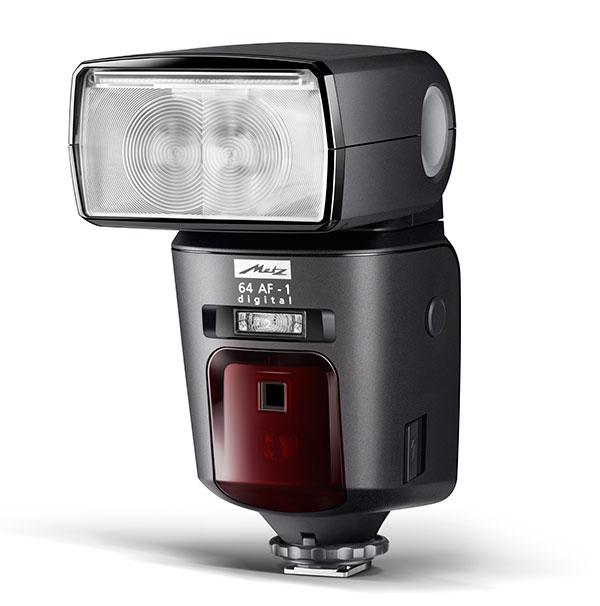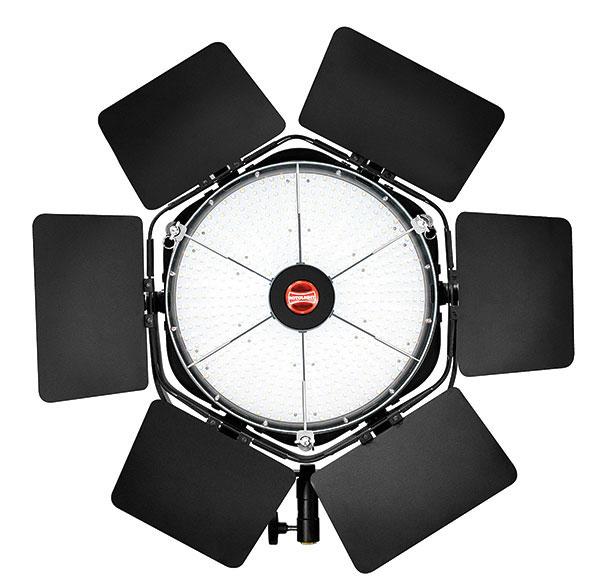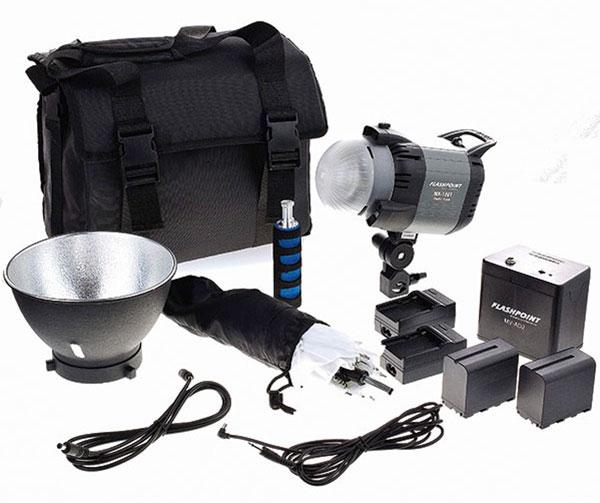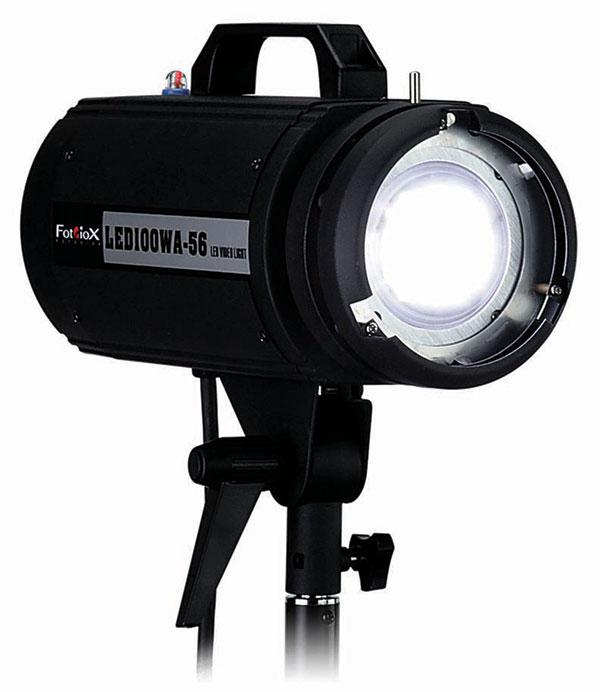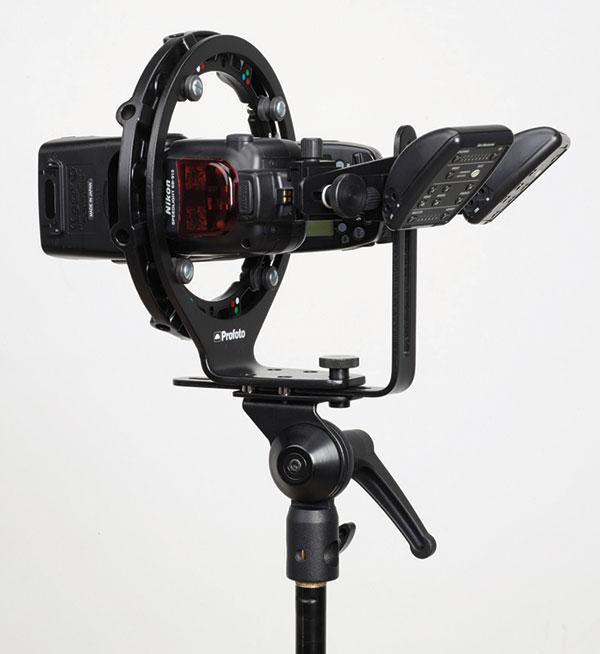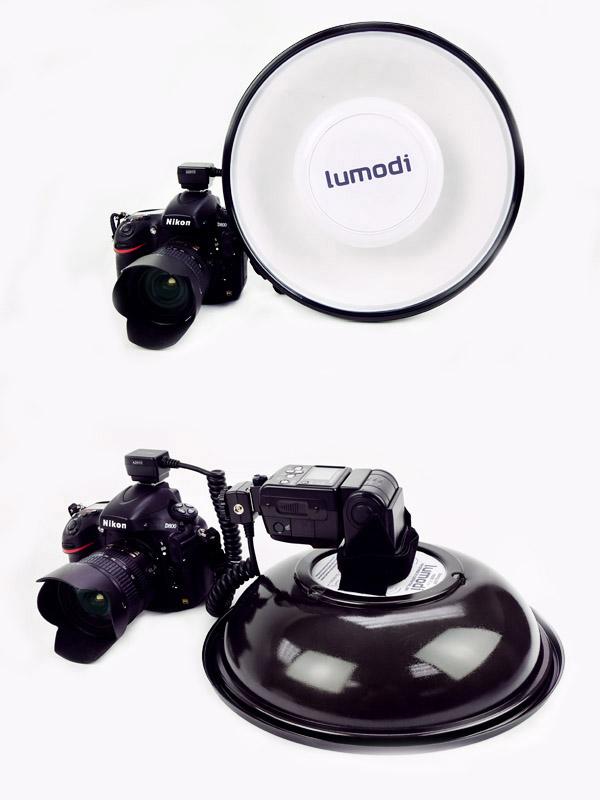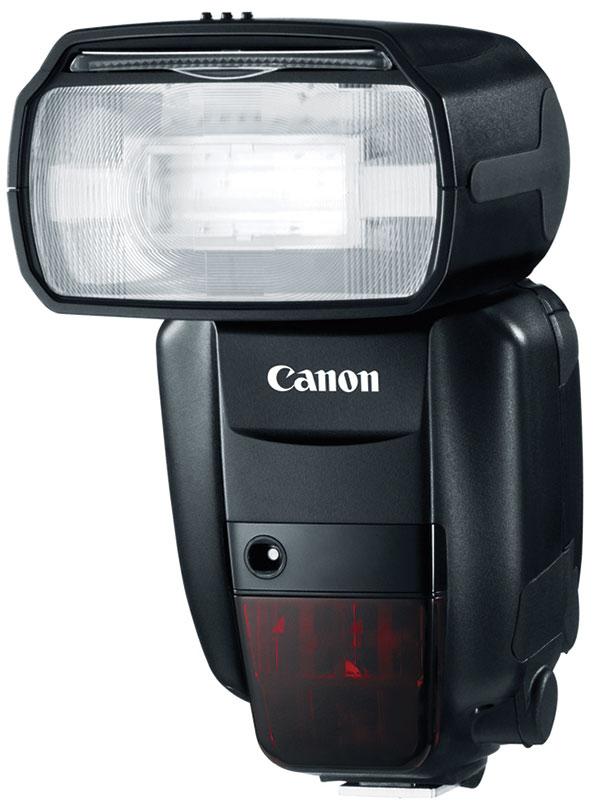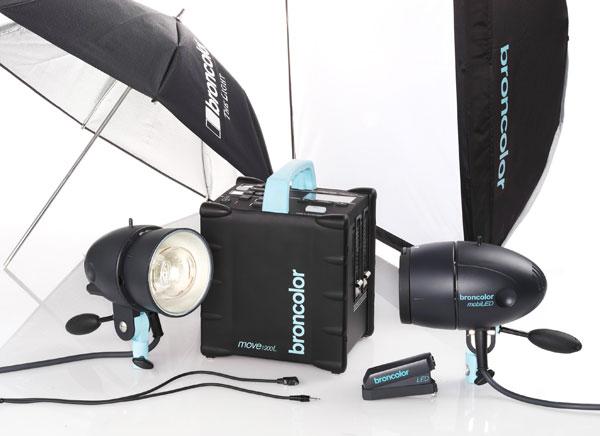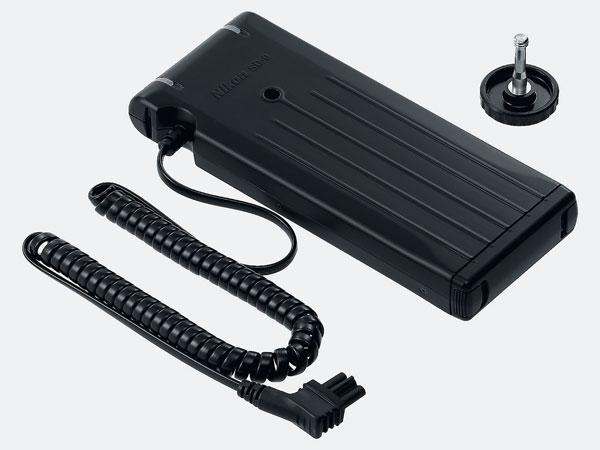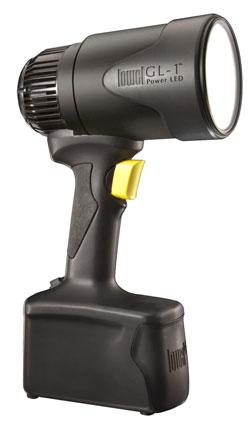Lighting Reviews
Sort By: Post Date TitlePublish Date
|
Oct 24, 2014 |
|
Oct 19, 2014 |
|
Oct 07, 2014 |
|
Sep 09, 2014 |
|
Aug 05, 2014 |
|
Aug 01, 2014 |
|
Jul 11, 2014 |
|
Jul 04, 2014 |
First Published: Jun 01, 2014 |
|
May 02, 2014 |
First Published: Mar 01, 2014 |
|
Apr 29, 2014 |
First Published: Mar 01, 2014 |
|
Apr 25, 2014 |
First Published: Mar 01, 2014 |
|
Apr 11, 2014 |
First Published: Mar 01, 2014 |
|
Apr 01, 2014 |
First Published: Feb 01, 2014 |
|
Mar 28, 2014 |
First Published: May 01, 2014 |
